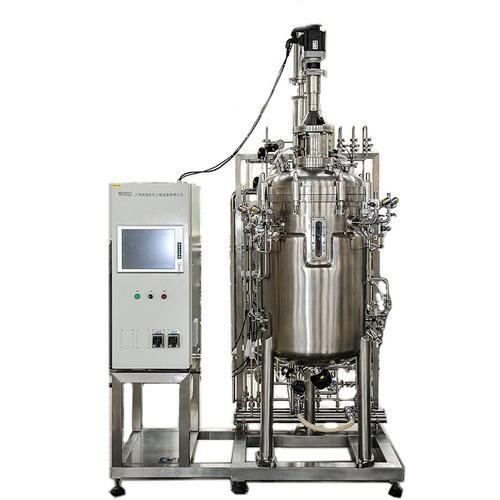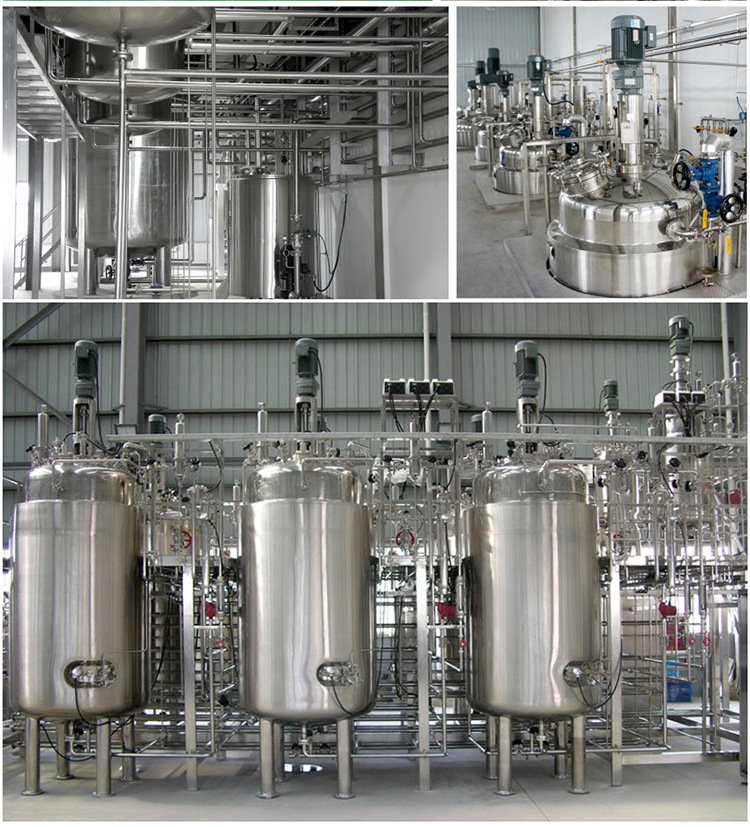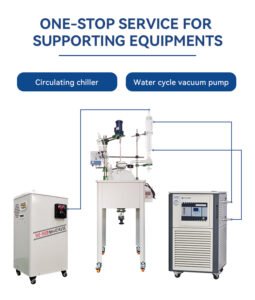
Understanding Reactor Engineering in Modern Industry
Stainless steel reactors play a critical role in both research laboratories and industrial chemical processes. Their durability, pressure resistance, and chemical stability make them indispensable for a variety of synthesis and reaction scenarios. As the demand for precision in chemical processing increases, so does the need for a comprehensive understanding of what a stainless steel reactor is and how it is manufactured.
The purpose of this article is to provide an in-depth examination of stainless steel reactors from both a technical and manufacturing perspective. Readers will gain clarity on their structure, applications, and the specialized processes involved in producing high-quality reactor systems such as those offered by EquilRxnLab.
Design and Functionality of Stainless Steel Reactors
Stainless steel reactors are closed vessels engineered to support chemical reactions under controlled conditions. They are typically made from 304 or 316 stainless steel due to its corrosion resistance, strength, and hygienic properties. These reactors are designed to operate under various pressures and temperatures, depending on the chemical process requirements.

Types of Reactors and Their Applications
Different types of stainless steel reactors serve specific purposes:
Batch Reactors
Used for small- to medium-scale operations, batch reactors allow full control over temperature, pressure, and reaction time. They are commonly found in pharmaceutical and specialty chemical industries.
Continuous Stirred Tank Reactors (CSTRs)
These reactors maintain uniform mixing and temperature, ideal for large-scale and steady-state operations. They are widely used in fermentation, wastewater treatment, and polymer production.
Plug Flow and Tubular Reactors
Designed for high-efficiency operations, plug flow and tubular reactors provide consistent temperature gradients and flow rates, making them suitable for gas-phase reactions and large-scale chemical production.
Fed-Batch Reactors
This hybrid type offers the flexibility of batch processes with some advantages of continuous feeding, often used in biotech and fermentation industries.
To explore a full range of stainless steel reactors by application and scale, visit the EquilRxnLab product category page.
Material and Structural Considerations
The performance of a stainless steel reactor depends significantly on its material composition and structural integrity. Stainless steel grades such as 304L and 316L are often selected due to their high resistance to acidic and basic media. Wall thickness is also crucial, as it must comply with pressure vessel standards (such as ASME or PED) while ensuring operational safety.
Passivation is a necessary post-manufacturing step that enhances corrosion resistance by forming a protective oxide layer on the internal surfaces. This is especially important in pharmaceutical and food-grade processes where contamination control is essential.
Manufacturing Process Overview
The production of a stainless steel reactor involves multiple high-precision steps:
1. Material Selection and Preparation
Sheets or tubes of stainless steel are selected based on the design specifications. Chemical and mechanical properties are verified before fabrication.
2. Forming and Welding
The vessel body, lids, jackets, and nozzles are formed using techniques like rolling, stamping, and laser cutting. High-purity TIG or MIG welding ensures structural strength and leak-proof joints.
3. Surface Treatment
All contact surfaces undergo polishing or electrochemical treatment to meet hygiene and corrosion resistance requirements.
4. Assembly and Integration
The agitator system, temperature probes, pressure sensors, and safety valves are installed according to functional specifications. Control systems can be digital or analog, depending on application needs.
5. Quality Control and Testing
Reactor vessels are tested for pressure resistance, material strength, and temperature endurance. Techniques like hydrostatic testing and X-ray welding inspection are commonly used.
Manufacturers like EquilRxnLab ensure these processes adhere to international standards, providing safe and reliable reactor systems to laboratories and industries worldwide.
Advantages of Stainless Steel Reactors in Chemical Processing
- High Pressure and Temperature Tolerance
Supports a broad range of reactions with minimal material degradation. - Corrosion Resistance
Suitable for both acidic and basic media, especially with 316L-grade steel. - Customizability
EquilRxnLab offers modular configurations, including single-wall, jacketed, and coil-heated systems. - Long Service Life
Due to the strength and oxidation resistance of stainless steel.
Learn more about EquilRxnLab’s stainless steel reactor solutions designed for professional and research use.
Digital Access and Support Resources
EquilRxnLab supports users with digital resources and ongoing updates via social media platforms. See real-use demonstrations, educational videos, and system reviews on:
Additionally, professionals and procurement teams can contact EquilRxnLab directly for custom reactor systems and technical consultation.
A Continuous Commitment to Quality and Innovation
With the increasing complexity of modern chemical synthesis, stainless steel reactors must meet evolving standards of performance, precision, and adaptability. Manufacturers such as EquilRxnLab remain committed to delivering systems that not only meet industry compliance but also support innovation in laboratories and production environments.
By understanding what a stainless steel reactor is and how it is manufactured, professionals across the chemical, pharmaceutical, and materials science sectors can make better-informed decisions—whether for scaling a process, upgrading equipment, or designing a new experimental setup.



